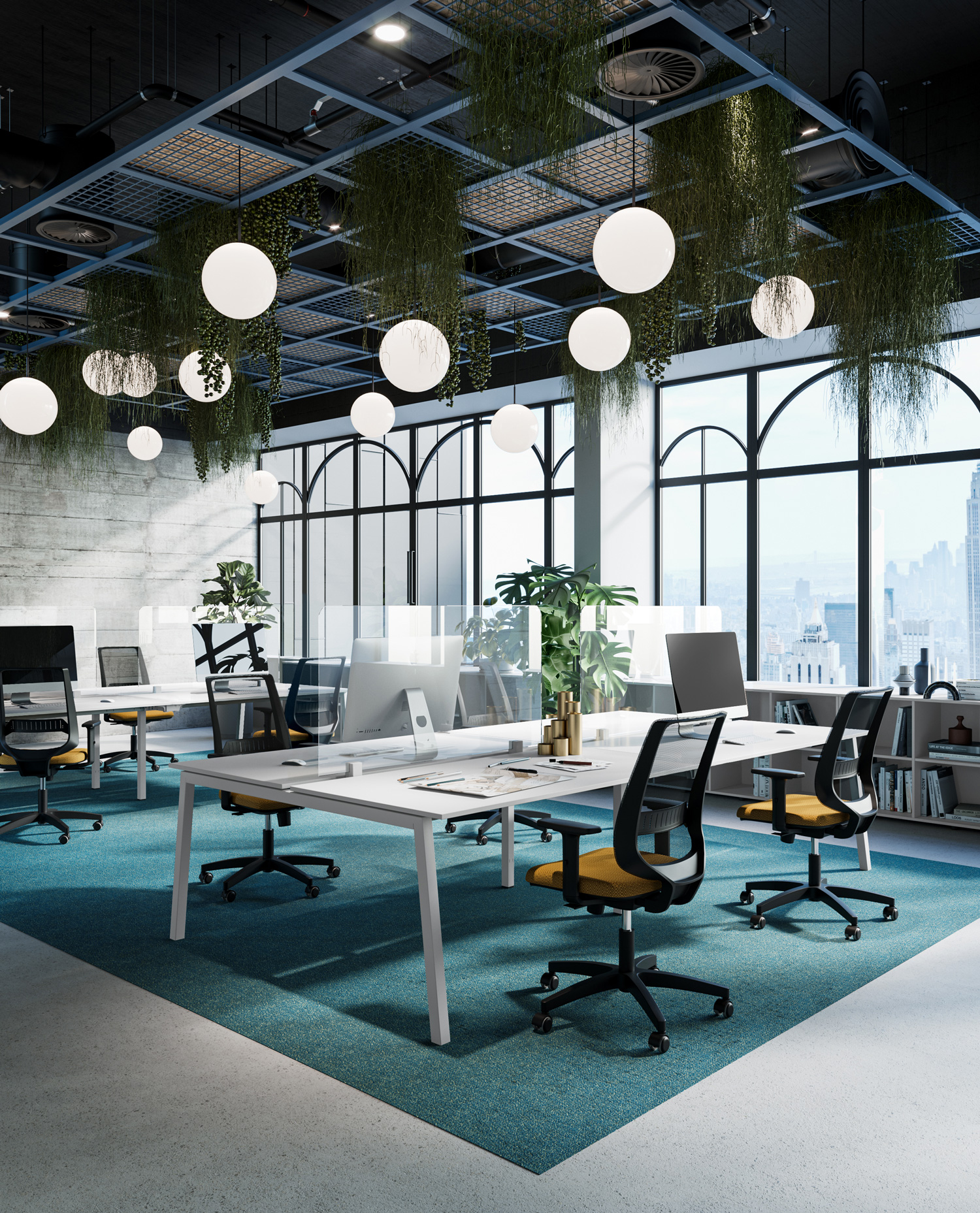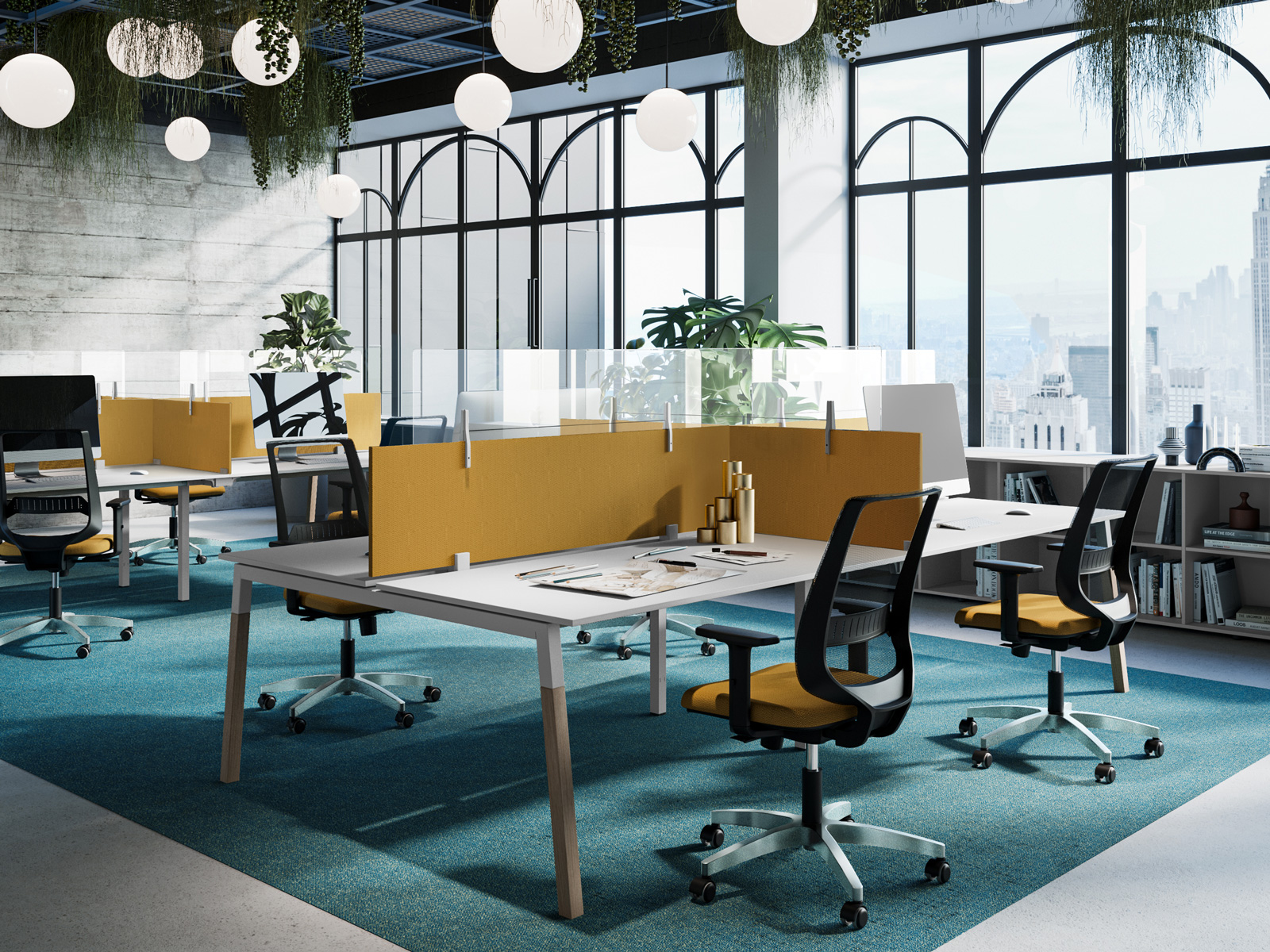Necessity has always been the driver of change in the paradigms of the world of work, shaping spaces, transforming relationships and opening doors to new opportunities.
Challenging the traditional idea of the office has led to the rising popularity of open-plan offices and work cafés, and the digital shift has shaken up the labour market, creating new “virtual” figures with different needs: dynamic, shared spaces, flexible working hours and areas equipped with a fast, stable internet connection.
There’s no denying how the COVID-19 crisis has made us question the existing work model, learning day after day from agile workers and people who’ve been smart working for a long time already.
Only those who have managed to reinvent themselves have been able to deal with an unexpected challenge, moving activities that previously seemed impossible without continuous face-to-face dealings, online and into workers’ homes. Adaptability has absolutely been the order of the day in recent times.
How will offices change now that they can re-open their doors?
Working in close confines with others after COVID-19: safety and comfort
According to a study by the Gartner research company, carried out in the United States, 74% of managers believe that at least 5% of workers will ask to continue smart working exclusively in the future.
One of the main reasons is the pleasure of solitude, as Professor Deborah Tannen of the prestigious Georgetown university, told Politico: “The comfort of being in the presence of others might be replaced by a greater comfort with absence, especially with those we don’t know intimately. Instead of asking, “Is there a reason to do this online?” we’ll be asking, “Is there any good reason to do this in person?””
This motivation combines with an even more important factor: workplace safety.
“Normal” concerns regarding colleagues now have a much broader scope, linked to individual health. Can I be sure that the person sitting next to me is healthy? Have shared spaces been sanitized properly? Can I trust the safety protocols that have been put in place?
Worries increase in very high density open-plan offices. Let’s just consider that the space dedicated to individual workers has decreased on average 20% over the last decade.
This has an immediate consequence. As in other cases we’ve already dealt with on these pages, (like, for example, noise pollution), productivity goes down as discomfort increases.

What can employers do?
Let’s go back to the theme of adaptability. The overriding issue for companies right now is to be proactive, to keep things running smoothly in the long term.
The solution must come from three general macro-areas and needs to be adapted according to the company’s sector and its specific profile.
- Design. Offices cannot stay the way they were. Social distancing must be maintained and a safe area must be created around every worker, also using furniture made of materials that can be sanitized easily.
Air quality must be monitored more regularly, perhaps involving renovations and improvements. - Safety protocols. Cleaning, internal regulations and worker health awareness activities must be prioritised.
- Organisation. At least in the initial period, group activities will have to be managed in line with very restrictive safety requirements. Wherever possible, digital tools must be implemented more widely.

